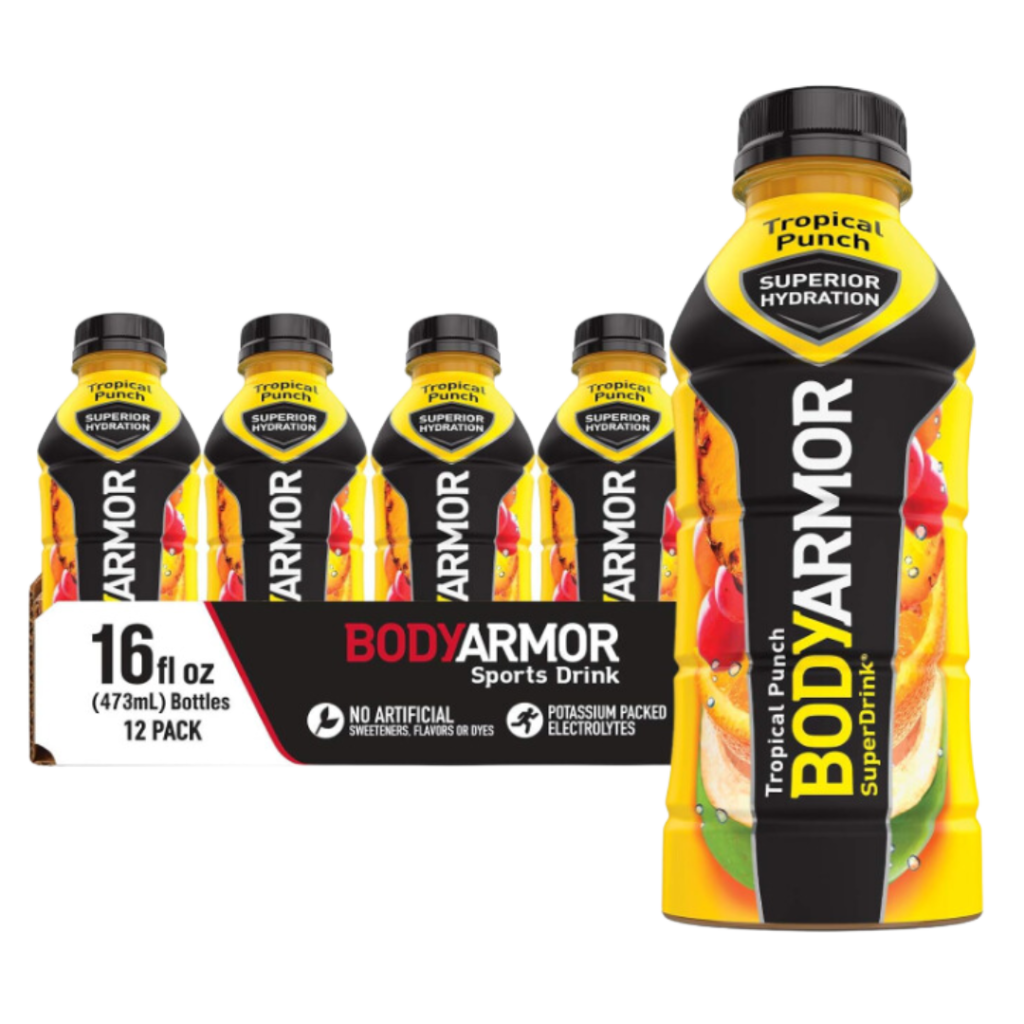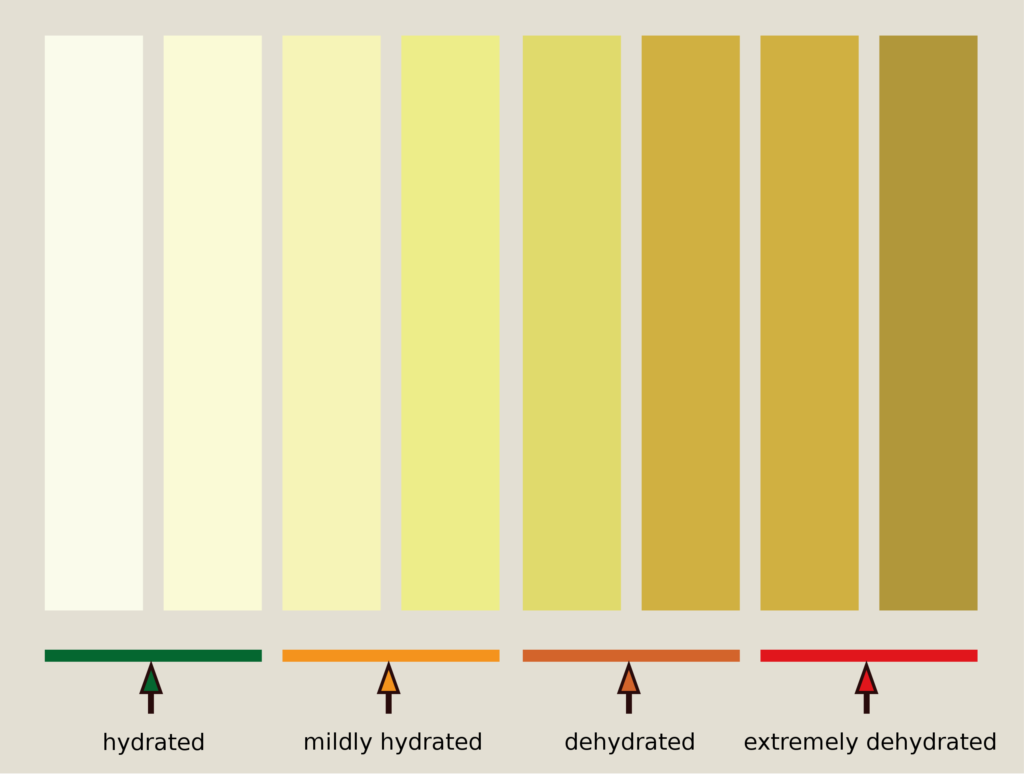Mastering Hydration: The Comprehensive Guide to Optimal Well-being
Greetings, health enthusiasts! Ani here, your guide on the journey to mastering the art of hydration. No theatrics, just the essential facts and a comprehensive guide to keeping your body in top-notch condition through optimal hydration.
Understanding Fluid Balance:
A Fundamental Equation: In the intricate dance of our body’s functions, fluid balance takes center stage. Our bodies are about 60% water, and this isn’t just a random statistic; it’s a testament to the vital role water plays. Every cell, tissue, and organ requires water to function efficiently.
When we talk about fluid balance, we’re referring to the delicate equilibrium between the water we take in and the water we lose. It’s not just about chugging water; it’s about ensuring our body has enough to fuel processes like digestion, nutrient transport, and temperature regulation.
Tip: To maintain fluid balance, aim to consume at least 8 cups (about 2 liters) of water per day, adjusting for factors like age, activity level, and climate.

The Science Behind Thirst:
Ever wondered why we get thirsty? It’s a symphony of hormones and signals orchestrated by our body. When blood becomes more concentrated due to water loss, the brain signals the release of antidiuretic hormone (ADH), making our kidneys conserve water. Simultaneously, the sensation of thirst kicks in, urging us to drink and restore balance.
Tip: Listen to your body’s thirst signals; they are a precise indicator of your hydration needs.
Types of Fluids and Their Impact:
Water isn’t the only player in the hydration game. Herbal teas, infused water, and even sports drinks contribute to our fluid intake. Each has its role: water is the universal hydrator, herbal teas add antioxidants, and sports drinks offer electrolytes for those engaging in intense physical activity.
Tip: Customize your fluid intake based on your activities. If you’re working out, a sports drink might be beneficial; if you’re unwinding, a calming herbal tea could be the perfect choice.

Hydration and Cognitive Function:
Picture this: you’re at your desk, trying to focus, but your mind feels foggy. Could dehydration be the culprit? Absolutely. Studies show that even mild dehydration can impact cognitive performance, leading to difficulties in concentration and memory.
Tip: Keep a water bottle on your desk as a visual reminder to stay hydrated throughout the day, supporting optimal brain function.
Hydration and Physical Performance:
Now, let’s talk about the impact of hydration on your physical prowess. Dehydration can be the silent saboteur of your workouts.
It leads to decreased endurance, muscle cramps, and overall fatigue!
Strategies:
- Pre-Hydration: Drink 16-20 ounces of water a few hours before exercise.
- During Exercise: Consume 8 ounces of water every 15-20 minutes during physical activity.
- Post-Exercise: Rehydrate by drinking at least 24 ounces of water for every pound lost during exercise.
Hydration for Special Populations:
Let’s cater our hydration advice to specific groups. Children, for instance, might not always recognize their thirst, making it essential for parents to encourage regular water intake. Elderly individuals might face challenges in staying hydrated due to reduced thirst sensation; establishing a routine can help. Pregnant women have increased fluid needs to support both themselves and their growing baby.
Tips:
- Children: Add natural flavors to water, like a splash of fruit juice, to make it more appealing.
- Elderly: Set reminders or incorporate hydrating foods like water-rich fruits into their diet.
- Pregnant Women: Carry a reusable water bottle and sip throughout the day to meet increased hydration needs.
Debunking Hydration Myths:
Time to clear up some misconceptions.
- The “8 cups a day” rule? It’s not one-size-fits-all. Your hydration needs depend on various factors like age, activity level, and climate.
- As for certain beverages being dehydrating—coffee and tea included—that’s a myth. While they might have a mild diuretic effect, the overall hydrating benefits outweigh it.
Myth Busting:
- Individual Needs: Adjust your water intake based on your body, lifestyle, and environment.
- Coffee/Tea: Enjoy your cup of coffee or tea; they contribute to overall fluid intake positively.

Hydration and Skin Health:
Your skin, the body’s largest organ, reflects your hydration status.
Ever noticed how lack of water makes your skin appear dull and tired? …Proper hydration, on the other hand, contributes to a radiant complexion.
Strategies:
- Hydrating Foods: Include water-rich foods like watermelon and cucumber in your diet.
- Moisturize: Use a hydrating moisturizer to complement internal hydration for vibrant skin.
Hydration, or fluid balance,
Is intricately linked to overall well-being, drawing parallels with energy balance. The harmony between fluid intake (through food and drink) and fluid loss (via excretion) profoundly influences our net balance, underscoring the significance of avoiding fluid imbalances for holistic health.
Our bodies expel water through various means—urine, feces, sweat, and expired air. On average, we derive approximately 1 L (4 cups) of water from the foods we consume. This amount varies based on our food choices, with raw fruits and vegetables boasting the highest water content. In contrast, foods rich in fat, such as nuts, seeds, oils, butter, and lard, generally exhibit low water content.
Beverages contribute significantly to our daily fluid intake. Various factors, including climate, physical activity demands, and sweating, influence our drinking patterns. Thirst, a natural mechanism to prevent dehydration, may be an unreliable indicator for those engaged in intensive exercise. Notably, thirst is often not perceived until a 1-2% loss of body weight, leading to decreased performance, even in non-exercising scenarios where mental focus and clarity may suffer.
The literature generally recommends a daily fluid intake of around 3 L (or 12 cups), with 1 L originating from food and the remaining 2 L from purposeful fluid intake. Daily fluid loss is balanced by several mechanisms, including insensible water losses—those occurring through expired air during ventilation/respiration and evaporation from the skin. While minimal during non-exercise conditions, sweating and evaporative cooling become pronounced during intense exercise, particularly in hot climates. Additional losses occur through feces and urine, with a minimum requirement of 400 to 500 mL of water for excreting the daily solute load in maximally concentrated urine.
***In simpler terms, when the body eliminates waste through urine, it needs a certain amount of water to carry and flush out the dissolved substances. The mentioned range (400 to 500 mL) is the minimum amount of water required for this purpose. It highlights the importance of maintaining adequate hydration to support the body’s natural processes, including the excretion of waste through urine.)***
It is crucial to recognize that even a modest 1-2% reduction in body weight due to water loss can lead to performance decrements during activity.
Further losses pose the risk of illness and, in severe cases, death. Understanding and managing these facets of fluid balance are imperative for maintaining optimal health and performance.
BODY WATER IMBALANCES:
The two most common body water imbalances are dehydration (too little water relative to other solutes) and hyponatremia (too much water relative to body sodium concentrations). Each of these can have profoundly negative consequences for the body.
- Dehydration: The condition resulting from the excessive loss of body water. hyponatremia: A condition that occurs when the level of sodium in the blood is too low. Dehydration is caused by a negative water balance in which water losses exceed water intake. Under normal, non-exercise conditions, dehydration can occur from inadequate daily water intake, although this type of dehydration is often mild. On the other hand, larger physiological problems can cause more severe dehydration, including: Vomiting Diarrhea Fever and sweating Trauma Kidney failure Diuretics and more Dehydration can cause minimal to severe consequences, even leading to death. Hyponatremia means having too much water relative to sodium content. Thus, hyponatremia also describes inadequate plasma sodium concentrations. Normal blood sodium concentrations (which are maintained in a narrow range) typically fall between 136 to 145mEq/L.
- Hyponatremia: occurs when the plasma sodium concentration drops below 135 mEq/L. Thus, although it’s important to drink enough water to replace fluids and prevent dehydration, athletes should not drink overzealously, especially during endurance exercise. Experts recommend more balanced intakes of fluid and electrolytes (such as sports drinks). Athletes are at higher risk of hyponatremia because, by deliberately rehydrating as part of their exercise regime, they may inadvertently overcompensate for their fluid losses by drinking too much. ***But this doesn’t only happen in exercisers. Indeed, within the last few years, several individuals have died from hyponatremia after drinking too much during water drinking contests.
HYDRATION STRATEGIES:
It’s fairly easy to stay adequately hydrated when you aren’t exercising. Meeting your basic fluid demands simply requires matching your intake with your expenditure. As we discussed earlier, for most people, approximately 2 L of water per day in addition to food-related fluid intake should be sufficient. As we’ve mentioned, a diet high in water-containing whole foods – namely, fruits and vegetables – makes it simple to ingest plenty of fluid from food. You can determine whether you’re adequately hydrated by using simple color charts.

Some simple steps to help prevent dehydration are as follows:
- Step 1 – Consume 1 liter of water during workouts
- Step 2 – Consume 1 liter of water after workouts
- Step 3 – Consume 1-2 cups of water at each meal. Remember that exercise intensity and duration both determine hydration strategies. For most clients, these steps above should be adequate—along with electrolytes from their diet—to maintain hydration status. However, for high-level athletes or extreme situations of fluid loss, necessary for more strategies.
Athletes Hydration Blueprint:
You will never perform your best unless you are properly hydrated. It is nearly impossible to set an exact general fluid requirement though. Weather, diet, exercise, obesity, drugs, and a host of other factors affect the rate of water loss.
Dehydration will drastically affect mental and physical function and performance. In some cases, when water loss is as little as 1%, physical performance can be significantly compromised. The following Daily Water Intake Table s guideline for healthy, active individuals, estimated based on daily energy expenditure, provided by the International Sports Sciences Association.

As temperature and humidity surpass 70 degrees, fluid loss is increased. Special attention must be paid to hydration status.
Many hardcore gyms have no air conditioning. If you sweat profusely and for long periods, a sports drink is recommended for hydration and to replace lost electrolytes.
- During activity, athletes need to start replacing fluids before they sense thirst. Then, they should frequently drink during training or competition at a rate of 6–8 eight ounces of fluid every 12–15 minutes.
- After a workout, for every pound lost during the workout, 16 ounces of fluids should be consumed until pre-training bodyweight is restored.
If thirst or discomfort becomes an issue, implement pre- and post-workout weigh-ins.
The ideal choice for fluid replacement depends on the temperature, humidity, and intensity/duration of the workout. Wise athletes will pay attention to these important factors and prepare accordingly. For example: the humidity, temperature, and all exercises’ taking place outdoors in, say, a place like Miami, profuse sweating will occur; as such, a commercial sports drink with 6%–8% carbohydrate concentration (CHO) is recommended because of lost electrolytes.
Again, – Fluid balance and proper hydration are essential for overall health and peak performance!
- Athletes, in particular, should balance fluid and electrolyte intake to avoid overhydration, especially during endurance exercise.
- Athletes, facing increased fluid loss in certain conditions, should pay attention to temperature, humidity, and exercise intensity, opting for sports drinks with electrolytes to maintain optimal hydration and peak performance.



